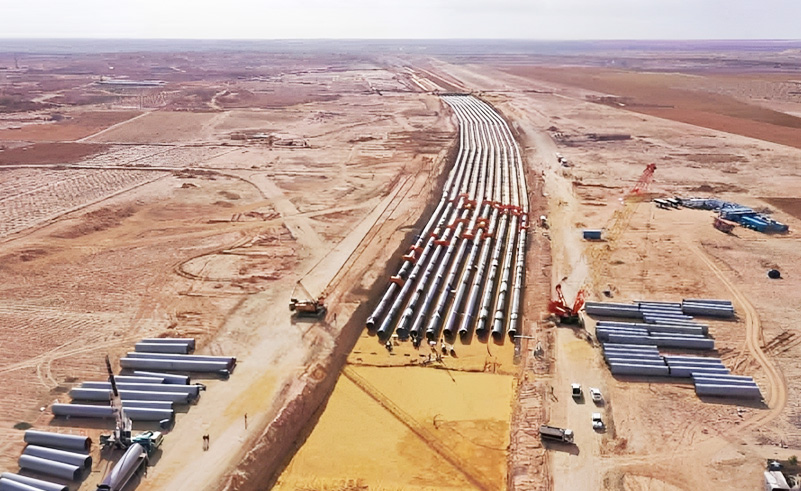Post 3 - Is The Grand Ethiopia Renaissance Dam Harming Egypt & Sudan?
 |
| The GERD |
The GERD aids Sudan by filtering out 100 million cubic meters of silt, addressing the underdeveloped drainage system in that region (Assefa, 2020). Supporting this, Woldeyohannes et al. (2017) assert that the dam’s sedimentary management reduces flooding by approximately 40 km, safeguarding 300,000 people's livelihood in that region as of 19 September 2020. Econometric models suggest that the dam will contribute to Sudan’s prosperity over the period 2020–2060 through reduced economic damage, increased crop output and value-added across the economy by $27 billion - $29 billion, compared to a baseline without GERD (Siddig et al.,2020).
However, Dr. Heggy, a prominent figure among Egyptian youth, portrayed GERD as catastrophic in “Saving The Nile” - an Al-Jazeera Interactive Scientific Report acknowledged among the World’s Top 10 by the Global Investigative Journalistic Network. The report claimed that “50% of [Egypt’s] water share and 67% of the agricultural area could be lost” if the dam is filled in 3 years (Fig1). In a follow-up research, Heggy et al. (2021) contended that the 3-year filling would cost a $51 billion economic loss, 4.74 million jobs lost in Egypt, and a projected reduction in GDP per capita from $2,815 to $2,633 in 2022, from $2,890 to $2,703 in 2033, and from $2,968 to $2,777 in 2024.
 |
| Fig1: GERD filling's Externality Projections |
Heggy's projected negative externalities (Fig1) didn't occur (Fig2), despite Ethiopia filling the GERD within 3 years. This outcome was attributed to the abnormally heavy rainfall and runoff in that period that challenged researchers' (Wheeler et al., 2022; Eladawy et al., 2022) assessments, who deemed the filling unrealistic.
Plus, given that GERD is built for ‘hydropower' expansion, not ‘irrigation,’ it means minimal water withdrawal, evidenced by Egypt's consistent water supply above 55 billion km3 annually from 2002 to 2022. Therefore, the agriculture, irrigation and fishing sectors' contribution to nominal GDP (Fig2) continuously rises, refuting Heggy's economic loss claim.
| Fig2. GDP Contributions from Agriculture, Irrigation and Fishing in Egypt (2002-2023) with fluctuations reflecting rainy seasons |

This blog post is both interesting and informative. It describes the prolonged debate between Egypt and other countries regarding the dam, detailing the timeline of events. The pros and cons of the dam are clearly listed, effectively supporting the main argument. Although the blog presents both sides, its primary argument is articulated with remarkable clarity. Very enjoyable to read.
ReplyDeleteThanks for your kind words! If you have any more thoughts or questions, feel free to share. Enjoy the rest of the blog!
ReplyDelete